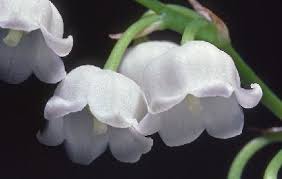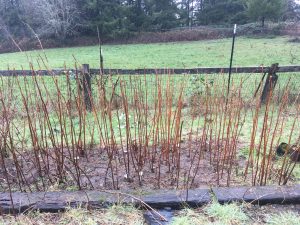Asexual or vegetative reproduction is possible with all plants if there is the presence of meristematic tissue, it occurs naturally by means of:
- Runners (strawberry plants)
- Tubers (potato)
- Rhizomes(horsetail)
- Bulbs (tulips)
- Corms (gladiolus)
Humans can manipulate vegetative propagation through means of cuttings,
- Hardwood cuttings (roses, deciduous trees)
- Softwood cuttings (lavender)
- Grafting (fruit trees)
- Dividing (perennials such as daisy)
- Root cuttings (Japanese anemones)
- Leaf cuttings (Christmas cactus, snowdrops)
The advantages of asexual reproduction are only one parent plant is needed to reproduce offspring, which is genetically identical or a clone. This ensures that desirable traits and good features are continually passed on through generations without mutations or variations in the plants, this feature is especially important in plants prized for their showy flowers, such as roses and dahlias. Asexual reproduction is usually much faster than propagating by seed, a good example would be the buttercup plant, which quickly colonizes by means of runners. Asexual reproduction also requires less energy to reproduce, it does not expend energy in creating flowers to attract pollinators, nor is it dependent on wind or insect pollination.
The disadvantages to asexual reproduction is lack of genetic diversity, the offspring are clones of the parent plant with no diversity which makes them unable to quickly adapt to the stress of disease and pest pressure. Rapid changes in the climate or growing conditions could be the cause of extinction.
Sexual reproduction in flowering plants produces offspring that are genetically different from the parent plant, this creates diversity, which can improve the chance of survival. Plant diversity and mutations will create offspring that are better able to respond to disease and pest pressures, as well as changes in growing conditions. Fertilized seeds can be dispersed great distances by means of wind and bird transfer, this enables the plant to spread and not compete with itself for light and nutrients. Unique variations or new breeds are created through genetic diversity in plants.



